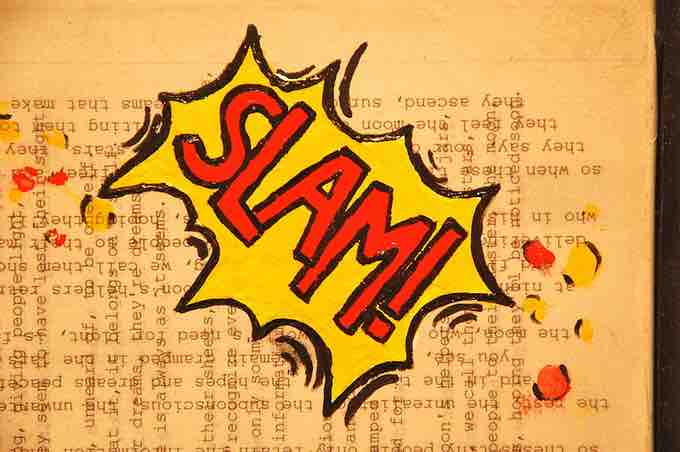
Onomatopoeia
Onomatopoeia is a word that imitates a sound.
Onomatopoeia: What Is It?
Have you ever read an old Batman comic and seen action bubbles with words like "Boff! " "Pow! " and "Boom!"? These are all examples of onomatopoeia.
From the Greek, onomatopoeia is a combination of the words "I make" and "sound. " At its most basic, onomatopoeia are words that represent the sounds they make. Whether it's the woof of a dog or the wubwubwub of dub step, onomatopoeia captures that sound within a representational word. Many of these words have become a part of everyday language and you may not even realize you're using onomatopoeia in the first place.
Why Use It?
Onomatopoeia can be a very effective and catchy stylistic choice to use in your speech. Since these words are representations of sound, they can often be jarring. They're a great way to grab an audience's attention when used in the right way. Some onomatopoeia are even part of common phrases and quotes, adding to the relatability of your speech:
- Pow! Right in the kisser.
- If it looks like a duck and quacks like a duck, it must be a duck.
- Snap, crackle, pop! (Rice Krispies jingle)
How to Use Onomatopoeia
The key to using onomatopoeia is to use it sparingly. Because onomatopoeia can be jarring, you don't want your speech to be so punctuated by it that it makes it hard to listen to as an audience member. Consider using onomatopoeia when you need to make a bold or memorable point with your audience, perhaps as even a form of verbal punctuation. Onomatopoeia, like other styles of descriptive language, can help paint a visual - and aural - picture in the minds of your audience.